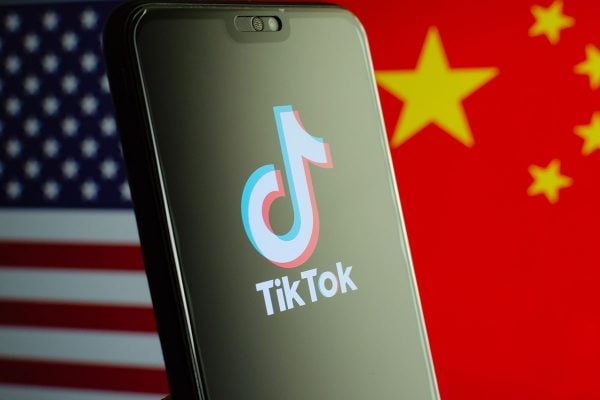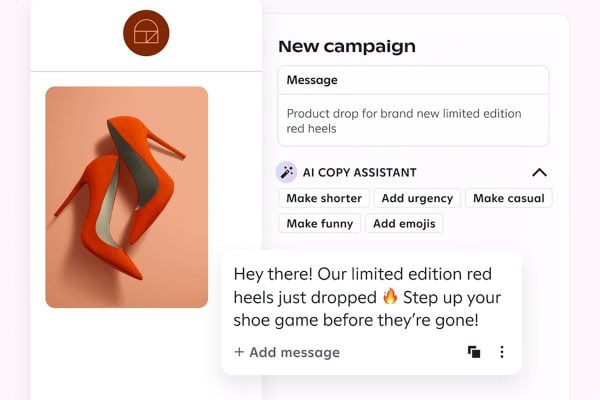Shoppers and shopping are changing – but retailers and brands are proving slow to adapt to these rapid changes: and it is costing them dearly.
Increasingly, consumers are turning to mobile devices to research and browse – if not actually buy – everything from groceries to clothes. But this hides a more stark detail: many more are picking up mobile and using it to shop for all these things via marketplaces.
And yet, retailers are failing to jump on board. Research out late last week shows that 61% of 240 top UK retailers are failing to use marketplaces despite the slow but inexorable migration of consumers to these platforms.
The news is even more stark when viewed through the lens of eBay extending its ‘Shop the Look’ pilot with Mashable to now incorporate ‘Shop the Celebrity Look’ with Time Inc. This now places eBay front and centre as the shopping platform that sits behind other companies selling things from their pages.
To say this is a turning point in retail is an understatement. eBay’s move into powering a media company selling things – and pioneering ‘distributed retail’ – changes everything. Now shoppers don’t have to search and browse and go looking, instead they can just point their mobile at what they want to buy and buy it. And it won’t stop at just pages in magazines; eventually this will be ubiquitous – you will simply point your phone at whatever you want and it, or products just like it, will pop up for you to buy.
This changes what a retailer actually is: this makes retailers merely a service provider. No longer will consumers necessarily be driven by brand or retailer brand, they will be driven to buy things simply because they want them.
And eBay is looking to corner the market for being the platform that makes that happen. Any sort of ‘point and shop’ image recognition-based service is going to have to work off an app or similar that has access to a vast range of goods – which is essentially the definition of a marketplace.
eBay is starting the ground work here for this to happen using its platform, but eventually the phone – or the app – will be a portal into a world of marketplaces: the shopper seeing something they want, capturing it and letting the app sift all the providers and marketplaces to find the best deals (which, incidentally, may not just be the cheapest, but the most immediate click and collect or delivery).
Either way, marketplaces are going to be driving this.
Similarly, the rise of voice-assistants, such as Amazon’s Alexa and Google Home (and, if you have deep pockets and are a bit of a show-off, Apple Homepod) are also positioning marketplaces as the place to go for another kind of shopping: ‘see it, say it, buy it’ shopping.
On the face of it, voice shopping and visual recognition shopping appear to be totally different. Indeed, right now, most people don’t own an Amazon Echo and even those that do aren’t really using them to shop. But don’t underestimate their power. Eventually, they will inveigle their way into most homes and will replace the hi-fi, radio, alarm clock, TV remote control, central heating controls and many other household items. They will also become part of the ecommerce.
No, they don’t offer the rich browse and buy functionality but they are going to be great for ordering more carrots, beer or things that just happen to tickle your fancy or that you run out of.
Eventually, they may well be combined with the visual recognition tools so that you can tell it to buy “the shoes that woman is wearing on Netflix”, but that is a long way off.
However, visual search and voice-commerce have, today, one thing in common: marketplaces. Both are being driven by Marketplaces as they know that these are going to be the ecommerce interfaces of the future. Both are driven by marketplaces as they are already in a strong position – with vast inventory – to be able to service the wild array of demands that consumers are going to put on them. Both stand a really good chance of destroying ecommerce as we know it. No one is going to want to talk to specific retailers most of the time, they are going to want to source goods – it doesn’t matter who sells them (not at the first instance, brand as well as cost and delivery options may well come into choosing what to buy once it is sourced).
This isn’t years away either: this is happening now. Retailers and brands need to wake up this and start to embrace marketplaces. Both retailers and brands need to understand how shoppers are using these devices and where they are going with them in the next 12 to 24 months and have a strategy – a strategy that starts with embracing marketplaces fully.








One Response
reads much like an advert for ebay, and really doesnt convince me at all, and i’m already on ebay!
so an established brand, happily making plenty enough money, why would they want the stress of dealing with ebay?
reduced margins? increased problems? being subject to anothers arbitrary and often clearly ridiculous rules, issued and withdrawn again on a quarterly basis?
why would anyone want the hassle of the extra staff, extra hours, all the headaches an extra channel brings, when you’re already chugging along quite happily and healthily? go from being the master of your own domain, your own boss, to being completely and utterly ignored and berated regarding the business you built from scratch?
i don’t think 61% of brands are idiots, i think they’re the smart ones.
like, forget your love for all things ebay for a minute, and compare it with an old school markeplace. if i have an established, comfortable, high street presence, selling what i want how i want for the price i want, why do i want to get up at 6am to flog my wares half-price next to tomato vendors? take an easy living and turn it into a hard sell? for a few quid more (*more not guaranteed, net results may actually be less)? more hassle than its worth i would say.
why not tout the benefits of going door-to-door like a double glazing or gas & leccy salesman? there’s a profit to be made there too…..
voice search and image search are quite frankly, junk right now.
it was a gimmick that’s quickly wearing off.
ooh woohoo i can re-order carrots. except i wouldnt want to order carrots online, without seeing them, for delivery in 3-5 days. thats not a task i’m going to be carrying out ever, in any form. making it “easier” (read harder) isn’t of benefit to me.
if only there existed a type of search that included both words and pictures and browsing capability, oh wait, there is.
– once these emerging technologies take off, you will have access to them whether you’re on ebay or not. there’ll be a $1.99 shopify plugin or a snippet of code you can copy for free, if anyone’s still using it by then. you don’t need to sell your soul to the devil to (possibly, but more than likely, never actually) benefit from a cheap gimmick.